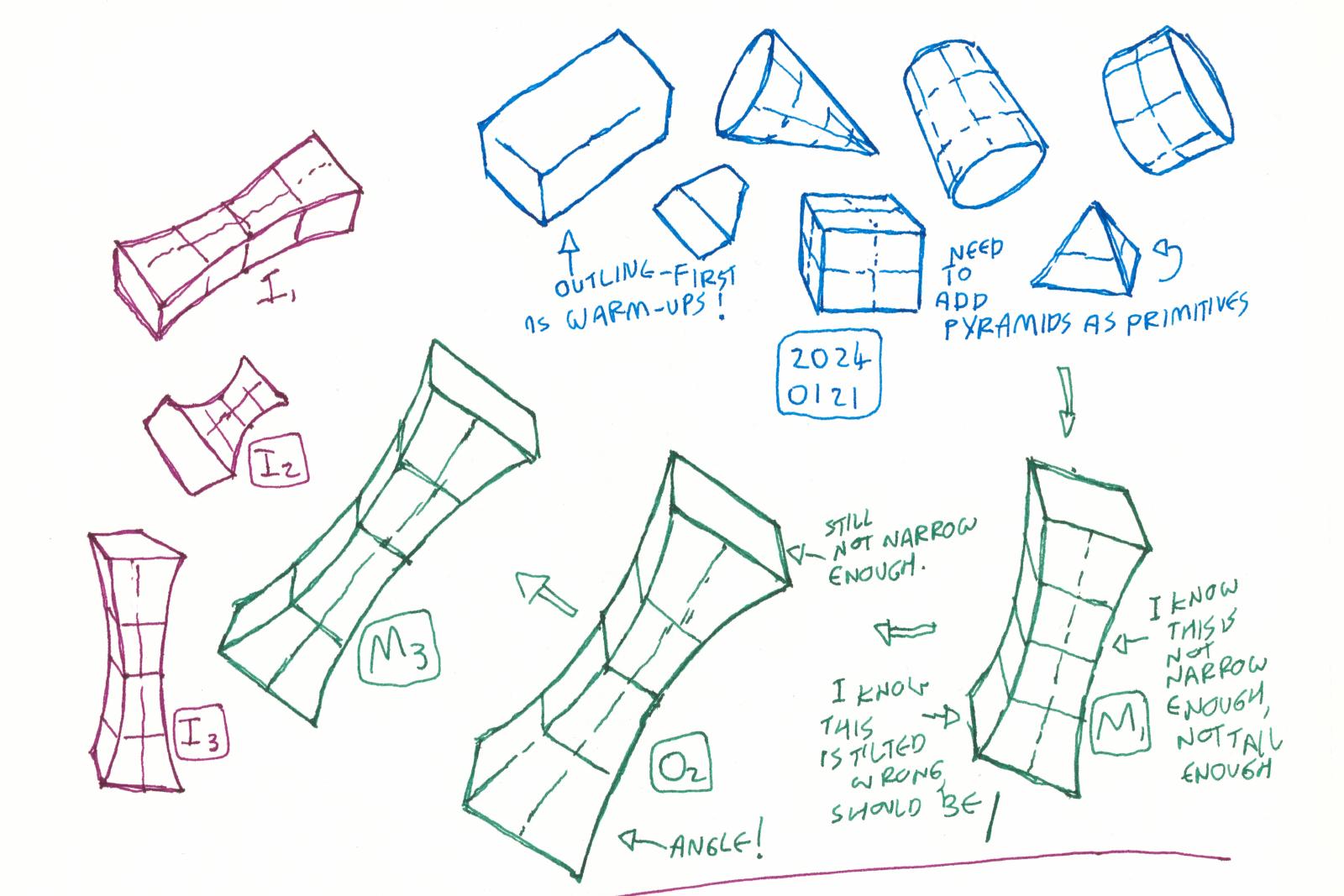#3 - What Artists Can Learn From Making YouTube Videos
On what you can learn from other art forms.Warm-Up Drawing Exercises

Quickly become better at drawing—without burning out—by using my workbook.
As you know, I have been trying my hand at making YouTube videos. One cool thing about it is that, when it comes to audience retention, the things you can do to make your video a success actually translate well to other things you make!
It basically works like this. YouTube makes money with ads, and the longer people watch videos, the more they make. So if people watch your video, YouTube will show it to more people.It starts with the so-called thumbnail and the title, the image and title people see when YouTube suggests your video. It serves the same purpose as, say, a book cover. You want people to pick up your book if it is in a bookstore. It should suggest genre, and pique the potential reader’s interest. For books, that also includes the blurb on the back. People will pick up a book and read what’s on the back; the text that sells you on why you want to buy this book. It typically raises a question you want answered, and you are hooked and want to know more. The thumbnail, like a book cover, needs to be clean and easily readable from a distance or in a small form.
Then people click on it and watch your movie. Now, YouTube shows you the statistics of how long people watch! It’s really cool and tremendously useful.
One thing you learn is that people decide in the first thirty seconds whether they want to click away. Basically, in the first thirty seconds, they are trying to find a reason to move on. So what you can do in the first thirty seconds is dazzle the audience with fireworks, quick cuts, rapidly changing visuals and audio that makes them forget to click away. Or you can introduce the question they want answered, and hook them that way into staying and watching the video. One technique that also works is to just have a gentle music for twenty five seconds, and to then introduce the question you are going to answer at around the thirty second mark. I’ve seen YouTube channels do that successfully also.
If you look, films kind of do the same thing. When you’re looking at the title roll, you are introduced into a new world, and lulled into watching, curious about what it is about. It pulls you past the first thirty seconds where you are still deciding.
In books, you almost always also have pages with a lot of white in the beginning: two title pages to start with, an index maybe. That’s also just to get you past those thirty seconds.
Remember that you introduced a question the audience wants answered. They will look until that question is answered. I noticed in my videos—which are about drawing challenges—that there are spots where you see a drop-off. People start, wanting to know more about what this drawing challenge is about, and if they get the feeling they now understand, they will click away to the next video.
I don’t know if I will make many YouTube videos, but these insights were quite useful. You can use it when creating other things. When you write a screenplay, for example, you need to make that first page really, really good because the production company you sent your script to will start by reading the first page and they are looking for a reason, any reason, to dismiss your script so that they don’t have to read the full hundred pages. Hook them on page one and they keep reading.
Writers already knew this, but online analytics tools really give you a chance to actually see the reading or viewing habits of your audience, which is, frankly, spectacular.
As a challenge, look at the places where people can find you: your website, your social media accounts, et cetera, and try to look at these places as if you are someone who doesn’t know you. Is it clear what your work is about and for whom it is? Does it invite people in? Are there things you can do to improve on these aspects of your presence, online or off-line?
Related
Here, I discuss the virtues of observing how your audience interacts with your work. This is something YouTube easily facilitates with its analytics, but with a little effort, you can do it in our real physical world also.